Giraffes are the world’s tallest mammals. It could look into a window of second floor of a story building not needing any form of elevation!!!
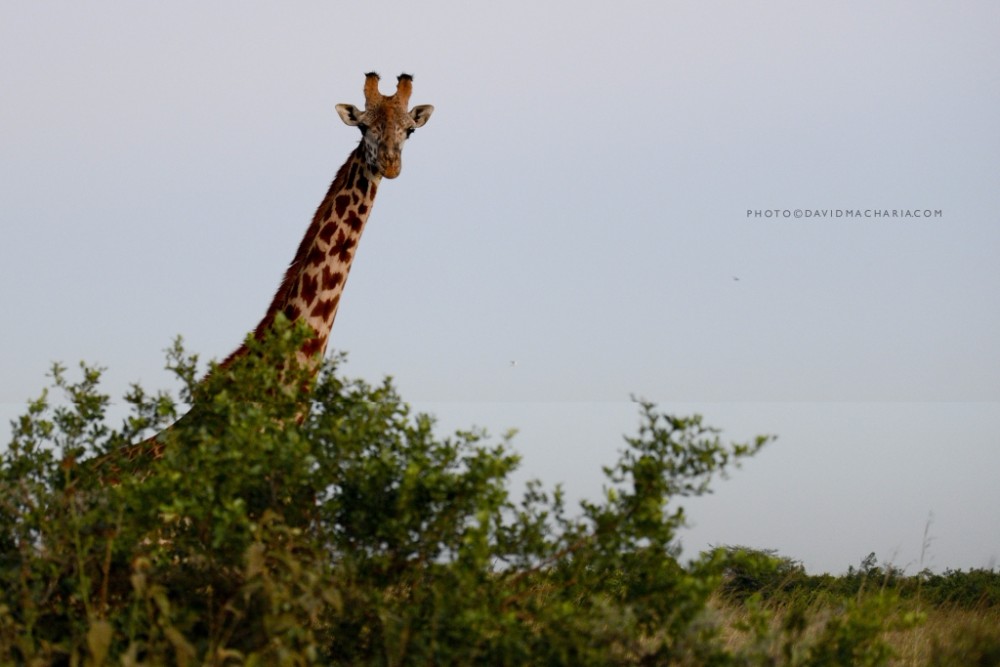
Their unique tallness allows them to reach vegetation inaccessible to most other herbivores. You may then get curious to know just how many bones there are in a giraffe’s neck explaining their extremely long necks. Well, giraffes have seven neck vertebrae just like humans. The only difference is that for giraffes, each one of the vertebral bones can be over 10 inches long!
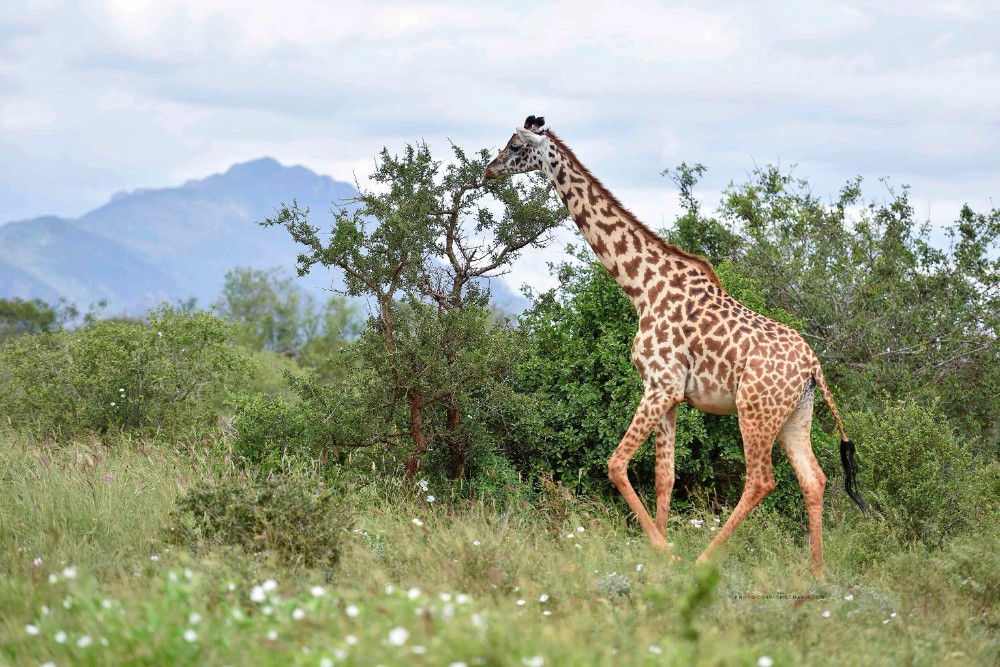
Giraffes have a small hump on their back and have a spotted pattern similar to that of a leopard. The scientific name of giraffes is camelopardalis. This is because for a long time it was referred to as a “camel-leopard” This is because it was believed to be a combination of a camel and a leopard in the past. The giraffe has elastic blood vessels with a series of valves that help offset the sudden buildup of blood and to prevent fainting when its head is raised, lowered, or swung quickly. The back legs usually look shorter than the front legs, though they are about the same length. Its closest species is the okapi mainly found in Democratic republic of Congo.
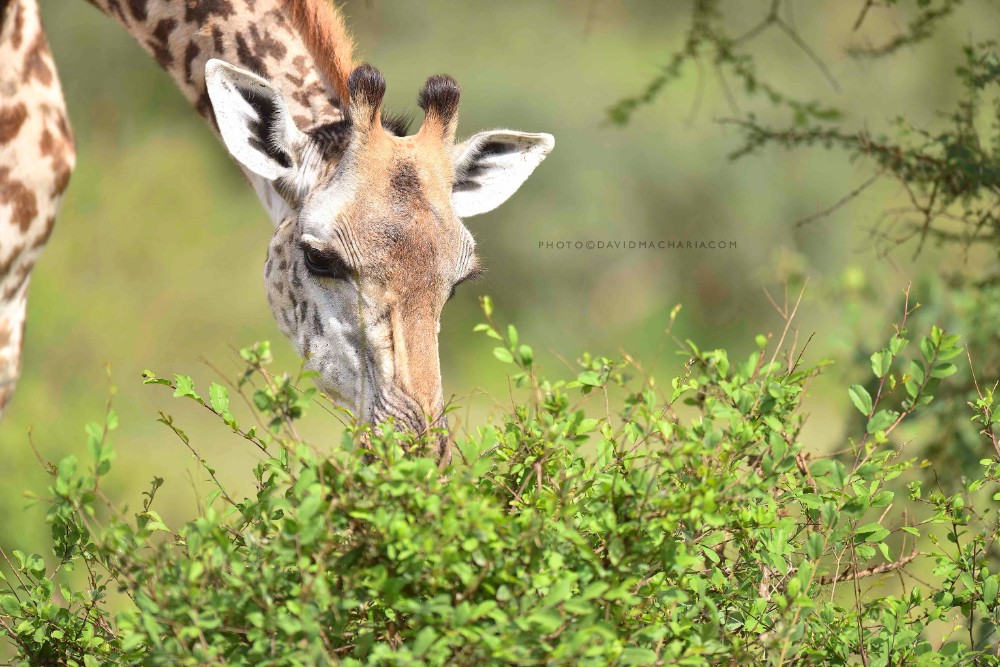
Giraffes are made up of about four subspecies. Kenya hosts three of these subspecies. The Masai giraffes, which have patterns and spots like oak leaves, Rothschild’s giraffes with large, brown spots separated by thick, beige lines and the reticulated giraffe, found only in northern Kenya, which has a dark coat with a seeming web of narrow white lines.
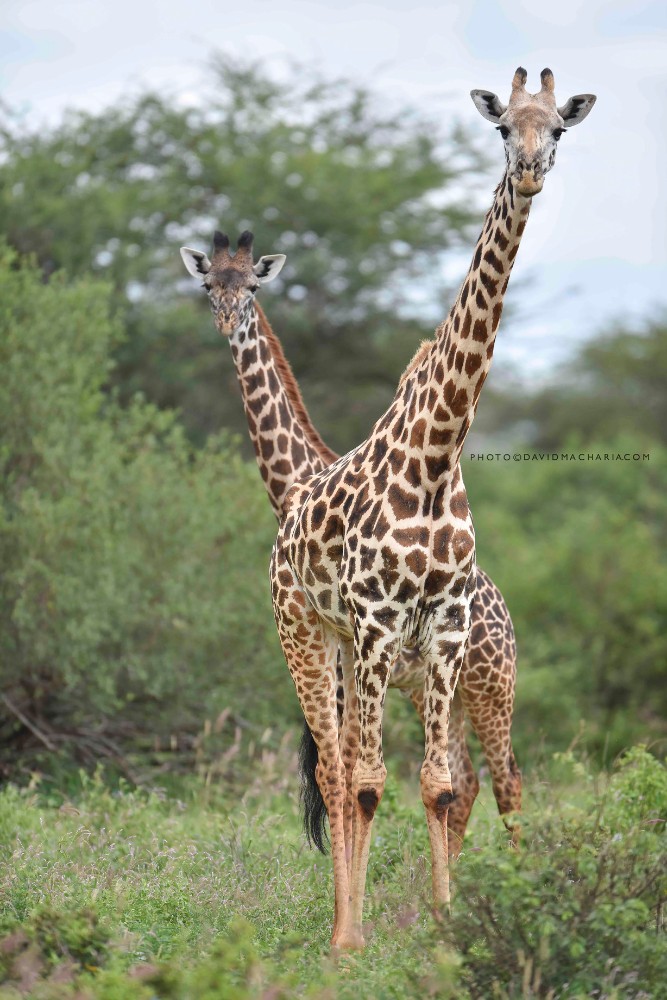
Giraffes have only two major predators. Lions and crocodiles. Humans used hunt giraffes for their tails which were highly prized by many African cultures. In the past, their tail and hides were used for making ornaments and charms. Today, Giraffes are hardly poached for these purposes. Lions and crocodiles occasionally feed on giraffes. It is occasional because, it is quite cumbersome to make a kill out of the tallest mammal. Being tall does not reduce their speed. Their body is designed to enable them to escape in case of a predators attack. They move with both the front and back legs on one side moving forward together, then the other two legs on the other side follow. Like pacing. This aids fast movement. If the giraffes defend themselves, their kick is deadly. This makes them a last result for these predators.
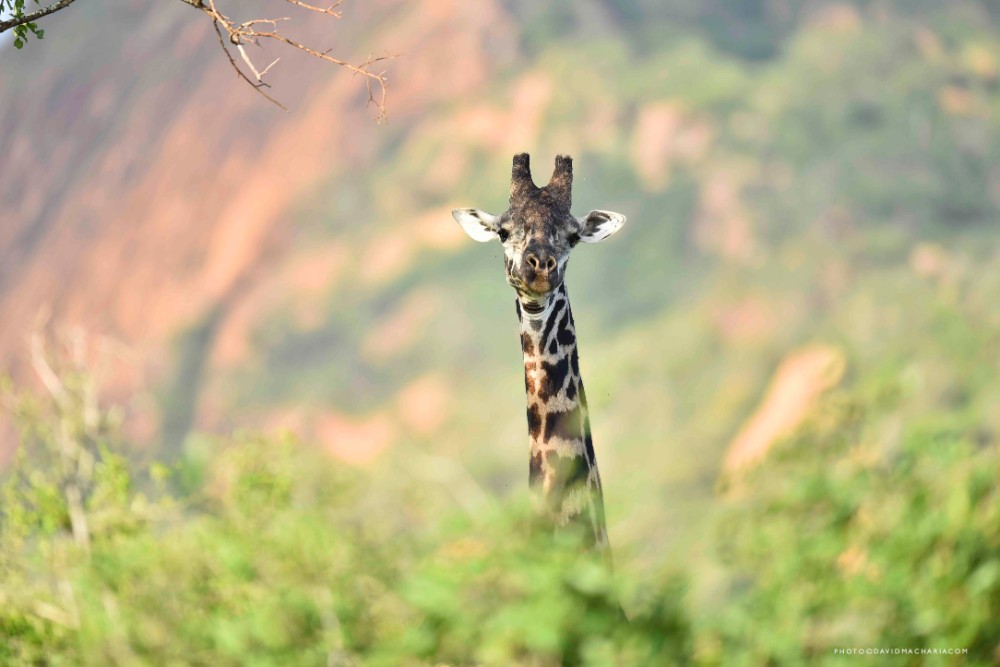
What is even more fascinating, is the fact that giraffes sleep while on their feet. Standing!!! Reproducing, watching out for predators and eating is also done while standing. Logic might have you thinking a giraffes needs a lot of sleep. But that’s not the case. They only need about 30 minutes of sleep in a 24-hour period! On a few occasions, a giraffe may lie down for rest. This is usually a very vulnerable position. The only time they would take such a risk, is they are as a herd.
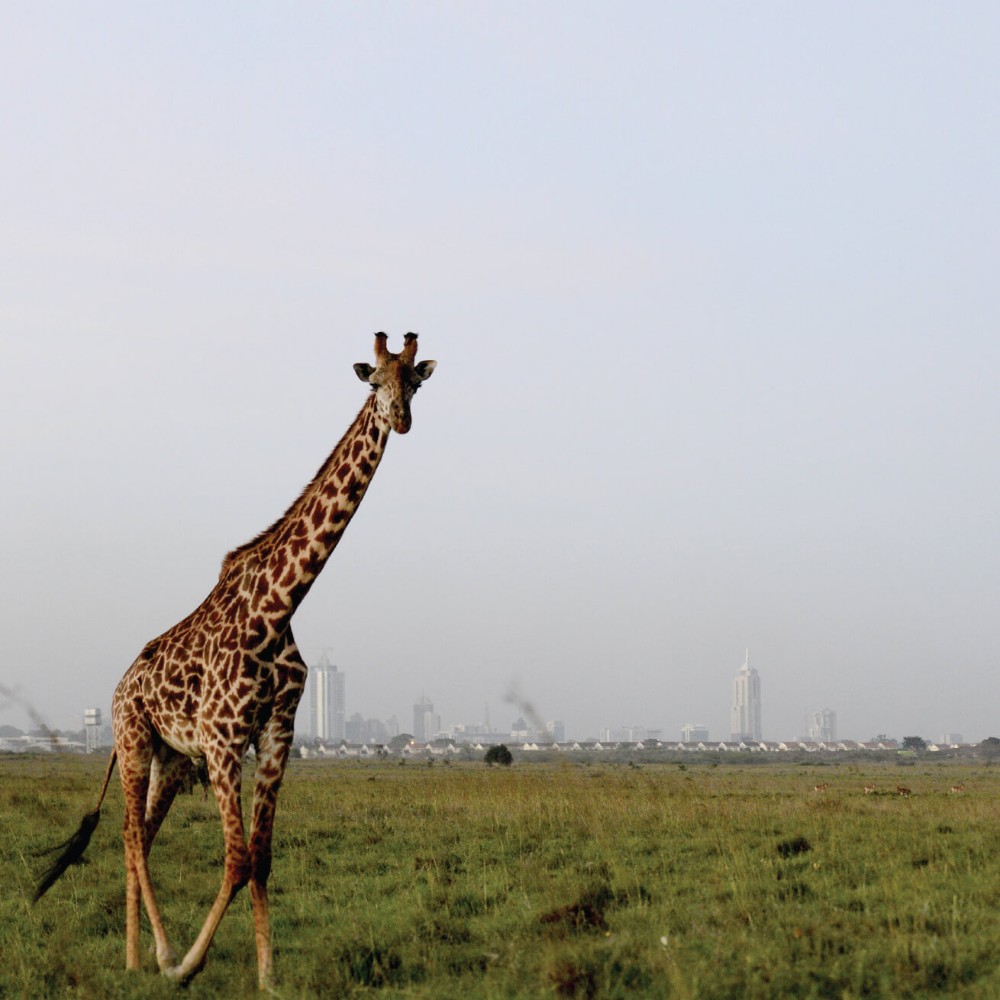
Giraffes are ruminants and have a stomach with four chambers. When giraffes aren’t eating, they’re chewing their cud. Giraffes have to eat large amounts of food to maintain their energy. Mainly they eat Acacia leaves which contain a lot of water, therefore reducing the need to take water often. When they do get thirsty, giraffes have to bend a long way down to drink from a lake or stream. Bending makes them vulnerable to predators, like crocodiles.
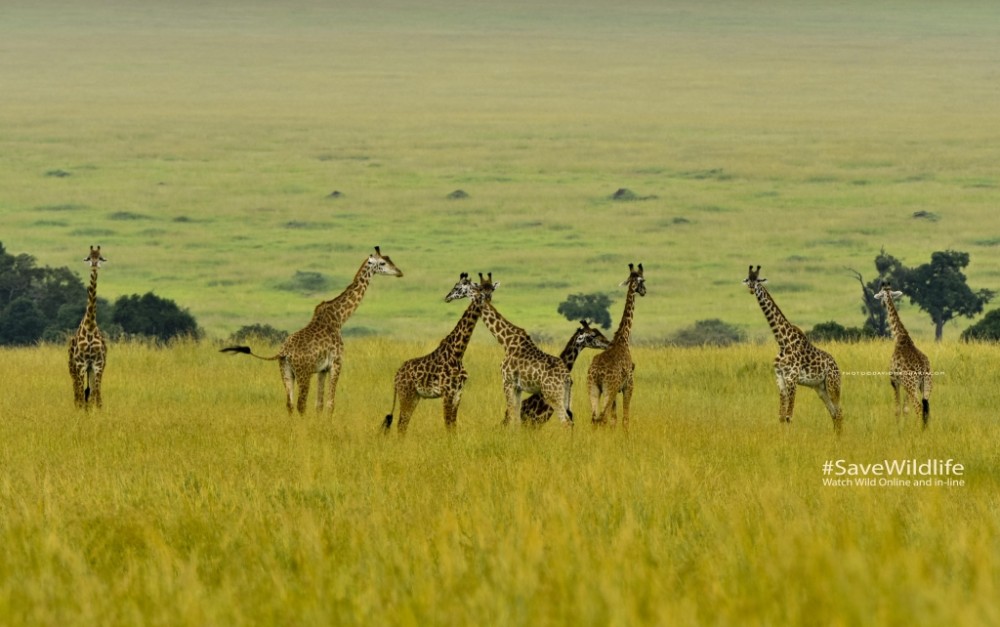
The Whistling-thorn tree scientifically called Vachellia drepanolobium or Acacia drepanolobium is a dominant plant species most plains of East Africa. Giraffes have to feed on this tree for its water supply and its abundance. Though there is a challenge to feeding on this plant. It is adapted to reduce the herbivores that feed on it through a structural defense of being thorny and a mutual-ism with ants. The tree secretes a carbohydrate-rich nectar from glands near the base of the leaves which provide its ant defense forces with nutritional support. The giraffes are however adapted to being able to feed on it. They have a tough mouth and tongue that is not easily affected by the ants and thorns.
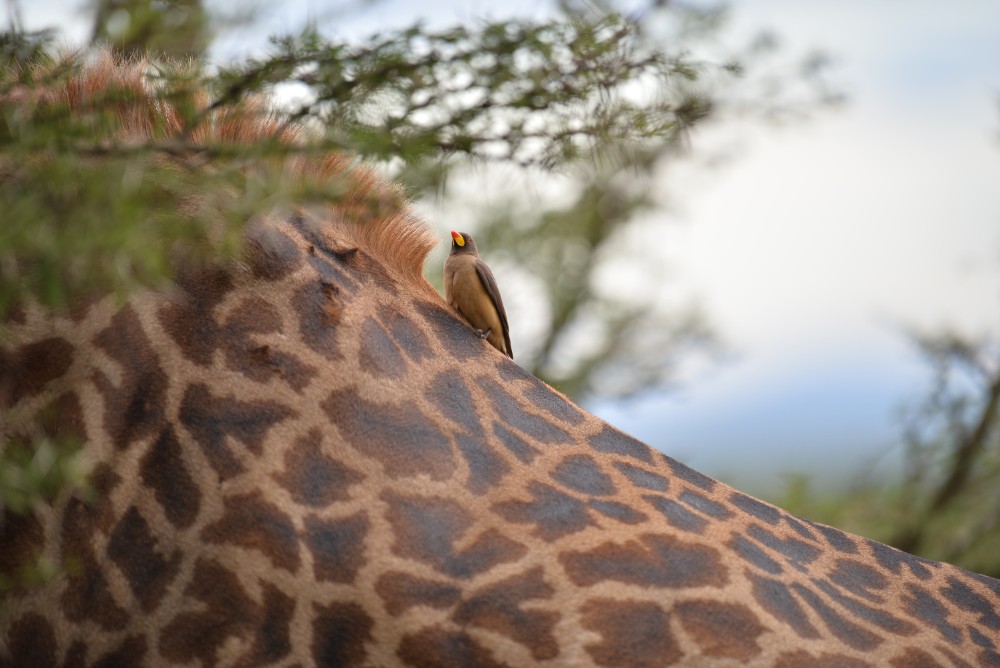
Giraffes are in danger of extinction. As human populations grow, increase agricultural activities, expansion of human settlement and construction of infrastructure such as the standard gauge rail way in Kenya, giraffes are losing acacia trees, which are its main source of food. Loss of habitats is the biggest of threats facing giraffes It particularly our obligation to ensure that these creatures maintain their habitats. We need to educate communities and the public living near giraffe habitats on the importance of sustainable practices.

We need to look for better ways to co-exist without compromising the livelihood and the future of the long necked beauties. Reforestation efforts should be taken by you and me in order to ensure that the giraffes have food. Let us live sustainably.
by Reginah Wanjiru
